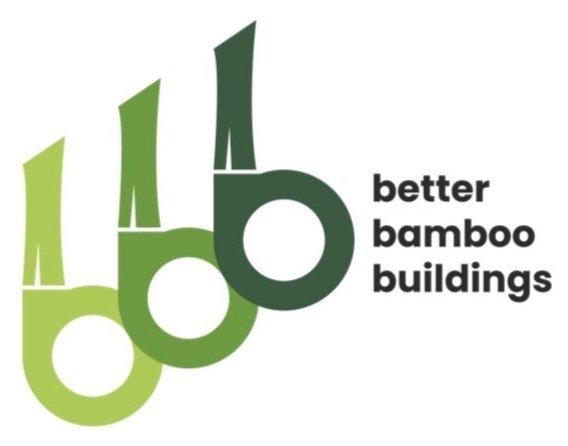Bamboology with Joseph Williams
Joesph Williams
1. Tell us about how you started in bamboo.
My first significant experience of bamboo architecture was when I encountered a fantastically ambitious and daring bamboo dance temple by Gerard Minikawa at Boom 2014. Its rhythm and beauty were striking, and the notion of such large-scale temporary architecture made from natural materials influenced my ongoing architectural studies.
Having come from a background in construction: I was itching to get back on site, so after finishing my architectural studies I spent 4 months working with Gerard and the Bamboo DNA team in the US and Portugal. It was a fascinating, visceral, and extremely physical introduction to working with bamboo. It was an inspiration to work with such a talented artist, designer, and master craftsman. I knew from that point on: I wanted to work with bamboo.
Joseph Williams at the machine.
2. Which regions do you work in and why?
I am situated in the South East of England and work in and around the UK and Europe. There is a lot of potential for bamboo innovation in the UK. We can grow MOSO bamboo and I can envision a future where we have home grown bamboo buildings.
3. What species of bamboo have you used in your bamboo journey and what are your favourites?
I started off using the infamous Guadua from Columbia. More recently I have used use Gigantochloa Atroviolacea which aesthetically has a strong resonance with the British landscape and light. I have returned to Guadua for my latest project 'The Beacon' for its sheer strength given the scale of my work and it remains my favorite for this reason. I am looking to work with Portugeuse grown MOSO in the future though.
4. Who constructs the buildings and if you can elaborate on the construction process, especially the artisans and special skills required, if any ?
I designed and constructed my latest project the Beacon based at Rye Harbour Nature Reserve. I prefabricated all the fabric panels and bamboo over the space of 2 months in a workshop nearby before transporting it to the site for a 3-week construction phase. Advanced computer modeling skills were then used in conjunction with practical construction knowledge to prefabricate all the elements. My own experience in rigging was used to secure the outer geometry. I then used lashing techniques similar to those used in traditional bamboo scaffolding to secure the upper levels of the bamboo tower. Using bamboo in the round requires a good working knowledge of the material and its tolerances to select the right piece for the job.
5. What is the future for bamboo especially in the design and construction sector?
Initially I see the UK using bamboo for sustainable temporary structures, before it's used in more permanent construction.
Modelling study for the Beacon by Bamboology.
6. What are the main challenges in bamboo for you and how are you approaching these challenges?
There isn't much of a president for engineers when it comes to working with bamboo in the UK, and it is a challenge to map and model the irregularity found in such a raw material to ensure its safety. I have been working with a fantastic engineering company AKTII who found innovative solutions to withstand extremely challenging conditions on the site of my last project.
7. What has influenced you in your bamboo work and why?
Architectually I am influenced by the arts and crafts movement in the UK. It celebrates the craftsmen and their contribution to our built environment.
I'm also influenced by the work of bamboo architect Simon Velez. He has inspired me to develop my construction methodology in parallel to my architectural designs.
The Beacon of Hope by Bamboology.
8. Show us one or two of your projects that you think accurately reflects your bamboo work.
A large scale temporary installation on the shingle beach of Rye Harbour Nature Reserve, The Beacon is a unique feat of engineering, combining the innovative use of stretch fabric and rigging techniques never previously used in the UK. We wanted to do more with less. Created with responsibly sourced bamboo, the beacon showcases the remarkable architectural potential of this renewable and potentially carbon neutral crop.
The Beacon of Hope by Bamboology.
A temporary bamboo temple to the natural world, a metaphorical lighthouse for the fragile vessels and uncertain future out at sea. The Beacon also references a local plant found across the shingle banks of Rye Harbour- the Yellow Horned Poppy. Each of its delicate flowers only lasting a day. Serving as a symbol of hope and reunion, the beacon is envisaged as a temporary outdoor space for community and educational events, finally permissible after months of lockdown.
The Beacon - photo by James Harris.
Media release - Beacon Poster.
Plan and Elevation Drawings by Bamboology.
The Beacon was commissioned by Climate Art and created by Bamboology with the support of AKT II, Bridge Point Rye, Sussex Wild Life Trust and Art Council England.


















